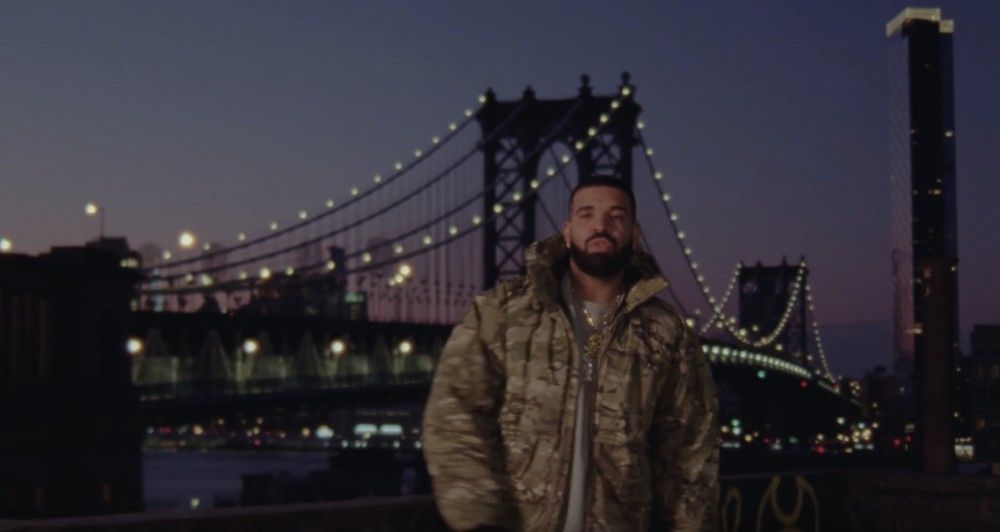
'Shelter in Place' Orders Explained: It's Not Martial Law
At just past midnight March 17th, shelter in place orders went into effect in seven counties around the Bay Area in California. At the moment they’re some of the most drastic measures taken yet to stem the spread of the new and flatten the infection curve by ordering people to stay home and leave only for absolutely essential activities. Now, New York City is reportedly considering a shelter in place order as well, though messaging on the matter hasn’t been exactly clear: Mayor Bill de Blasio has said it’s “definitely a possibility,” but Governor Andrew Cuomo has said, “I have no interest whatsoever and no plan whatsoever to quarantine any city,” noting that the state needs to approve any single city’s plan.
Still, against the backdrop of rising case rates, reeling markets, and empty grocery store shelves, a shelter in place order seems to raise the ominous specter of a full government mandated lockdown. In reality, though, it’s mostly a codification of the social distancing and self-isolation practices that state and local governments, as well as the Centers for Disease Control and Prevention, have been pushing for the past few weeks.
In California, the new shelter in place orders do cary some fairly hefty directives, and violations are considered a misdemeanor punishable by fine and/or imprisonment. Large public gatherings are off the table, businesses and government agencies will have to stop all non-essential operations at physical locations, and people will only be allowed to leave the house for work if they work at a place deemed an essential business or service provider.
For those concerned about societal collapse and the sudden absence of crucial goods and services, California’s shelter in place orders offer a broad definition of “essential” businesses — and, of course, people can leave their homes to obtain essential supplies and services. Most importantly, this covers grocery stores, drug stores, and health care providers; and while many restaurants will have to cease regular dining-in services, they will still be allowed to provide takeout and delivery. Other businesses that will be allowed to remain open include hardware stores, laundromats, plumbers, electricians, exterminators, and banks.
Businesses that will have to close, however, include bars and nightclubs, as well as gyms and and other recreation facilities. But, the order does not prevent people from going outside to run, walk or just get some fresh air after a long day of working at home (though it’s still best to stay at least six feet away from other people).
To that end, the most important takeaway is that a shelter in place order is not some secret way of enacting martial law. Per SFGate, San Francisco police chief said there would be a “compassionate, common sense approach” to enforcement. “We are asking for voluntary compliance,” he continued. “Yes, by law, enforcement is an option, but that is not our desire. That is not what we intend to do. We intend to adhere to the spirit of what that’s about in keeping people safe and keeping this virus from spreading.”



